I'd first take a look at modules, at least for these reasons:
- modules really are in many respects (almost) equivalents to entire (single-module) apps in older docs/references, so once a module's position in the app's hierarchy is clarified various posts referencing an app-context can usually be extrapolated to just a module-only context.
- nowadays an app can use different languages/sandboxes for different modules (see Run both Java and PHP on google app engine project) or even for different versions of the same module (see Google App Engine upgrading part by part)
Personally I'd stick with the recommended multi-module app structure - each module having its own directory, one level below the app's directory:

The app's top dir would hold the per-app configs (which aren't applicable to a particular module): dispatch.yaml, cron.yaml, index.yaml, and queue.yaml. Note that the cron jobs and task queues definitions belong here (but nothing stops you from routing/dispatching various cron jobs to various modules based on the requested paths).
I'd also place in the app's top level dir any files/directories I'd like to share across multiple modules in the DRY way. These files/dirs would be shared by a module by symlinking them inside the respective modules so that the module gets its own copy at deployment. Almost anything that can exist as a separate file or directory can be shared this way:
Finally the recommended files/dir structure of a particular module may further depend on the module language/sandbox, the framework(s) used, the developer's style/preferences, etc. I don't think it's possible to provide a one-size-fits-all recommendation which would be effective/acceptable in all cases.
